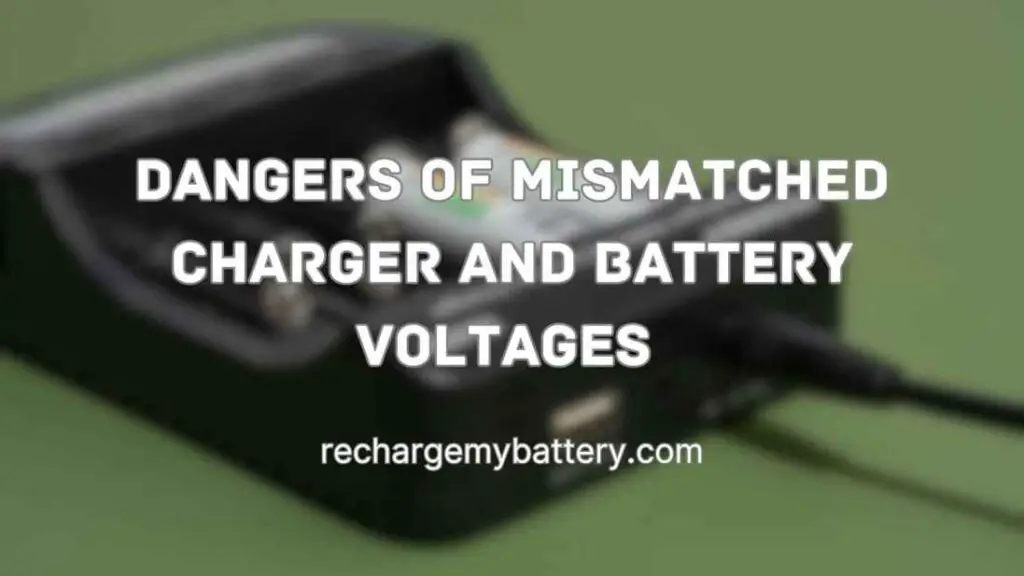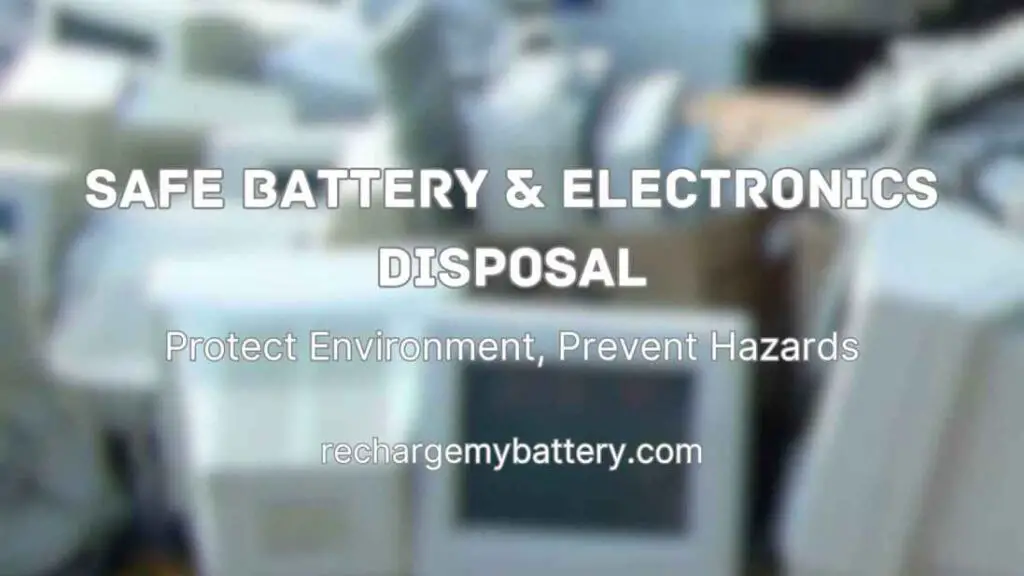In this article, we’ll learn about the risks associated with mismatched charger and battery voltages and emphasize the importance of using compatible charging equipment.
Understanding Charger and Battery Voltages
Before delving into the dangers of mismatched charger and battery voltages, it is crucial to understand the basics. Chargers provide electrical energy to recharge batteries, and they are designed to supply specific voltage levels to ensure safe and efficient charging.
On the other hand, batteries store and deliver electrical energy, and they have their own voltage specifications. When the charger and battery voltages match, the charging process is optimized, ensuring the longevity and safety of the battery.
The Risks of Mismatched Charger and Battery Voltages
Using a charger that does not match the voltage requirements of the battery can have serious consequences. Let’s explore some of the risks involved:
Overcharging
When a battery is subjected to a higher voltage than it can handle, overcharging occurs. This prolonged exposure to excessive voltage leads to increased temperature and stress on the battery, causing internal damage. Over time, this can result in reduced battery capacity, diminished performance, and even the risk of a battery failure or explosion.
Undercharging
Conversely, if the charger provides a voltage lower than the battery’s specifications, undercharging takes place. Undercharging prevents the battery from reaching its full capacity and can result in shortened battery life. Additionally, undercharged batteries may exhibit erratic behavior, leading to unexpected shutdowns or malfunctions of the device they power.
Battery Damage and Reduced Lifespan
Mismatched charger and battery voltages can cause irreversible damage to the battery. The internal components may suffer from chemical imbalances, electrolyte leakage, or even internal shorts. These issues can degrade the battery’s performance and significantly reduce its lifespan, leading to frequent replacements and increased costs.
Heat Generation and Fire Hazards
Mismatched charger and battery voltages can generate excessive heat during the charging process. The heat produced by the battery due to improper charging can escalate to dangerous levels and potentially ignite flammable materials in the vicinity. The risk of fire increases substantially, posing a severe threat to both the device and the user’s safety.
Tips for Avoiding Mismatched Charger and Battery Voltages
To mitigate the risks associated with mismatched charger and battery voltages, it is crucial to follow these essential guidelines:
Check Voltage Ratings
Always check the voltage ratings of your charger and battery before connecting them. Ensure that they are compatible and that the charger’s output matches the battery’s requirements. This simple step can go a long way in preventing potential hazards.
Use Manufacturer-Approved Chargers
Whenever possible, use chargers that are specifically designed and recommended by the manufacturer of the device or battery. Manufacturer-approved chargers are engineered to deliver the correct voltage and current, ensuring safe and optimal charging.
Avoid Third-Party Chargers
While third-party chargers may seem convenient or cost-effective, they often lack the necessary quality control and compatibility with specific devices. It is best to avoid using chargers from unknown or unreliable sources to minimize the risk of mismatched voltages.
Regularly Inspect Chargers and Cables
Inspect your chargers and cables regularly for any signs of damage or wear. Frayed wires, exposed conductors, or loose connections can increase the chances of voltage fluctuations and pose a safety hazard. Replace damaged chargers or cables immediately.
Conclusion
Using mismatched chargers and batteries with different voltages can have severe consequences. Overcharging, undercharging, battery damage, reduced lifespan, and fire hazards are among the risks associated with such mismatches.
To make sure about the safety and longevity of your devices and batteries, always use chargers that match the voltage requirements of the batteries, and follow the manufacturer’s recommendations. By taking these precautions, you can protect your devices, prevent accidents, and avoid unnecessary expenses. Thank you for reading.


